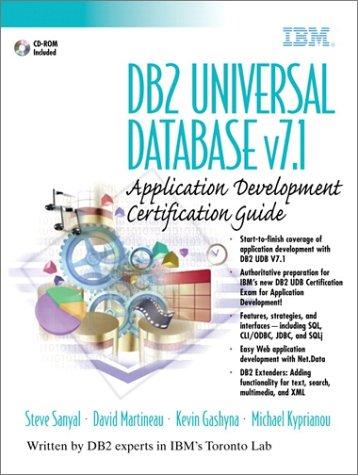Question
-REQUIRED: Use the alias table technique for each query. For each exercise provide the SQL command as well as query results in your document. If
-REQUIRED: Use the alias table technique for each query. For each exercise provide the SQL command as well as query results in your document. If the results are long, provide a representative sample.
Tables Include:
Categories -CategoryID -CategoryName -Description -Picture
Customers -CustomerID -CompanyName -ContactName -ContactTitle -Address -City -Region - PostalCode -Country -Phone -Fax
Employees -EmployeeID -LastName -FirstName -Title -TitleOfCourtesy -BirthDate -HireDate -Address -City -Region -PostalCode -Country -HomePhone -Extension -Photo -Notes -ReportsTo- Resume -Photo -Graph -Voice
Order Details - OrderID -ProductID -UnitPrice -Quantity -Discount
Orders -OrderID -CustomerID -EmployeeID -OrderDate -RequiredDate -ShippedDate -ShipVia -Freigt -ShipName -ShipAddress -ShipCity -ShipRegion -ShipPostalCode -ShipCountry
Products -ProductID -ProductName -SupplierID -CategoryID -QuantityPerUnit -UnitPrice -UnitsInStock -UnitsOnOrder -ReorderLevel- Discontinued -WebSource
Shippers -ShipperID -CompanyName -Phone
Supplier -SupplierID -CompanyName -ContactName -ContactTitle -Address -City -Region -PostalCode -Country -Phone -Fax -HomePage
Ex. 6. Create a list of all customers from the United States who are located in the states of Washington or Oregon.
Ex. 8. You will need to use the wildcard character ( * ) to answer this question. Create a list of all Products that contain some form of chocolate in the product name. The query should result in more than one record. Be careful what you choose as the text between the wildcard characters. Include the Product Name, Category and Price fields in the results.
Ex. 9. For each order in the OrderDetails table, a product has a unit price and a quantity. Calculate the total revenues for each record (line) in the OrderDetails table. Display only those records with OrderIDs between and including 10400 and 10415. (41 rows should display).
Ex. 10. In Ex. 9 you obtained the total revenues for each specific order (ie., each line or record) in the OrderDetails table. Notice that there are duplicate values in the OrderID column. Aggregate all of these into one unique result. You will need to add the SUM function.
Ex. 11. You may write your own SQL statement. State the question you are obtaining data for and provide the SQL code and results below:
Step by Step Solution
There are 3 Steps involved in it
Step: 1

Get Instant Access to Expert-Tailored Solutions
See step-by-step solutions with expert insights and AI powered tools for academic success
Step: 2

Step: 3

Ace Your Homework with AI
Get the answers you need in no time with our AI-driven, step-by-step assistance
Get Started


